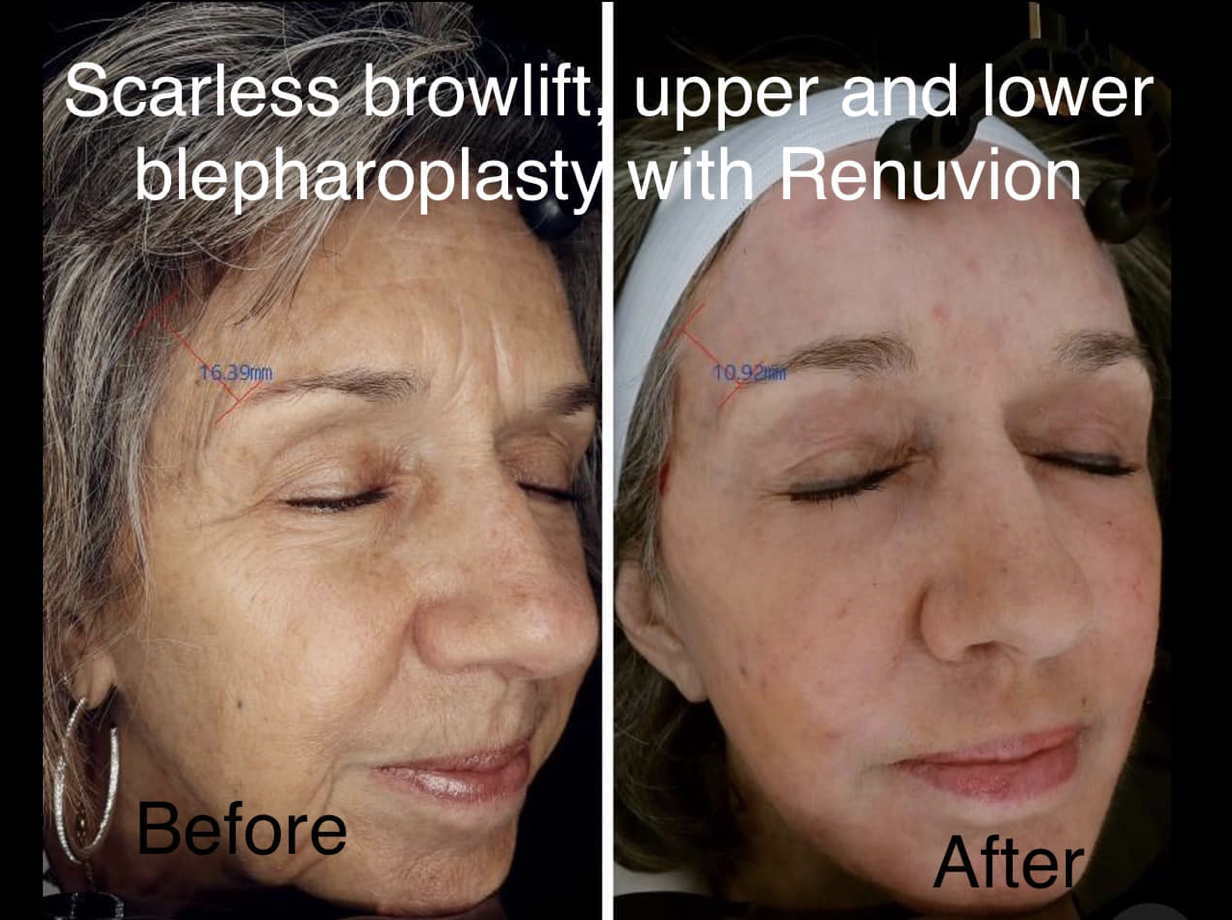


Dr. Melinda Lacerna is the founder and owner of LA Plastic Surgery, The Skin Plasma Center, LA Skin Med Spa, and Elite Aesthetic Surgery Center. She has positioned herself as a leading expert, notably authoring significant works such as the “Non-surgical Facial Rejuvenation and Skin Resurfacing” chapter in the 9th edition of Grabb and Smith’s Plastic Surgery.
Resources
- Videos
- Media/TV
- News
- TV Spots
- Financing
- Surveys
About
- About Us
- Reviews
- Community
- Blog/News
- Careers
- FAQs



